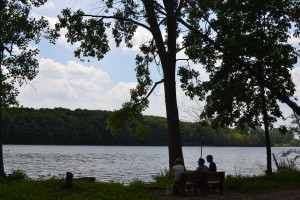
By Bill Boyle
The day started at an adventurous parking lot of gravel and a large pole barn- all of the signs of the outdoors readily available. After jumping in vans for a short ride, we all arrived at the Detroit International Wildlife Refuge’s Humbug Marsh unit and began the day with a healthy lunch. While we ate Ethan Lowenstein, Director of SEMIS, and Program Director Rebecca Nielsen gave a welcome and introduction to the week.
Rebecca explained, “SEMIS is very experience based, very immersive; whole head, whole heart, whole community. The design is that we start off with those first. The institute is designed to be an immersive experience and we all pull on each other’s strengths. We are purposely putting you into this immersive experience in this family community first.”
Ethan said, “This is a shift from school, and the place is telling us this is a shift. And we have purposely organized the institute so that this will be revitalizing experience for you…so that you will gain energy from this experiences.
The focus is on water, but that’s false. We’re all connected. Land and water are connected. Please think about your entry point into your work. We are focusing on water this year, but also focusing on making those land to water connections.”
The first day serves as a deep dive (no pun intended) into experiential learning that will kick off the SEMIS year with our own personal learning, along with activities and history that we can share with our students. These are activities that can be used as is, but, more importantly, can be seen as a way of approaching learning that connects students to place and community. Though the activities we experience are important, more important is the approach to learning that these activities immerse us in.
Jody Demeyere, the Visitor Services Manager, gave an overview of the Detroit River International Wildlife Refuge. “We are the only international wildlife refuge in the country. Really what you need to know is that our mission has to do with wildlife first. When we look at landscape we are looking at it from a wildlife perspective and trying to actively manipulate the lands in order to benefit native wildlife habitat. We have a whole host of lands throughout southeast Michigan…from Detroit to the Ohio border. “
(We also learned that Humbug Island’s name came about because it was landed on by a group of people who thought they landed somewhere else. “Humbug” is the equivalent of “oh sh*t!” Thanks Dorothy McLeer.)
Next Ethan introduced the River of Life activity, explaining, “We put a lot of emphasis on storytelling. The stories themselves shape how we interact with the world.” Stories tell us of our place in our communities, and explain who we are. The River of Life Activity was a means of each participant sharing the story of how they came to be at SEMIS Summer Institute.
Laura Florence introduced the SEMIS Coalition connection to National Oceanic and Atmospheric Administration resources and the Great Lakes Literacy Principles.
We then heard historian extraordinaire Matt Siegfried give a fascinating history of sturgeon in the area, connecting the history to human activity on land. (Watch this blog space for Matt’s history coming up soon in written form!) We learned some activities for engaging students in thinking through sturgeon ecology from Jennifer Braatz, Park Ranger for the DRIWR. We took a walk through the landscape, with Naturalist Dorothy McLeer, learning how to see land through ecological eyes, and finally, we learned some water testing techniques.
All of this was a means to immerse us into experiential learning. The rest of the week will be spent unpacking and adding to this immersion. Stay tuned for more!
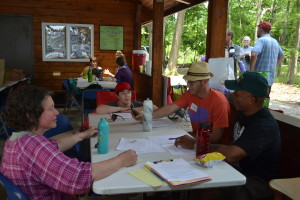
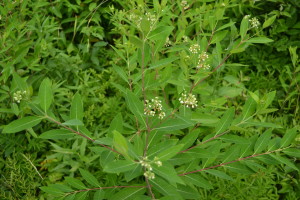
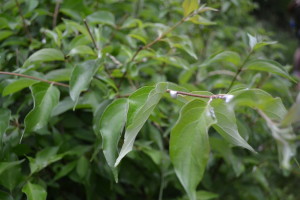
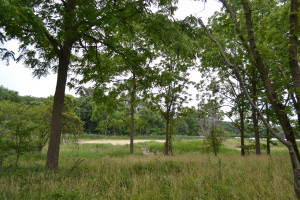
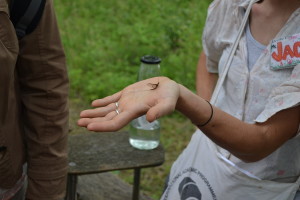
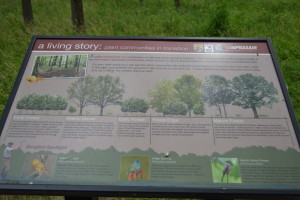
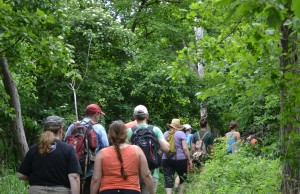
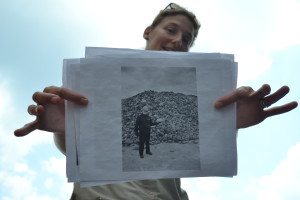

Trackbacks/Pingbacks